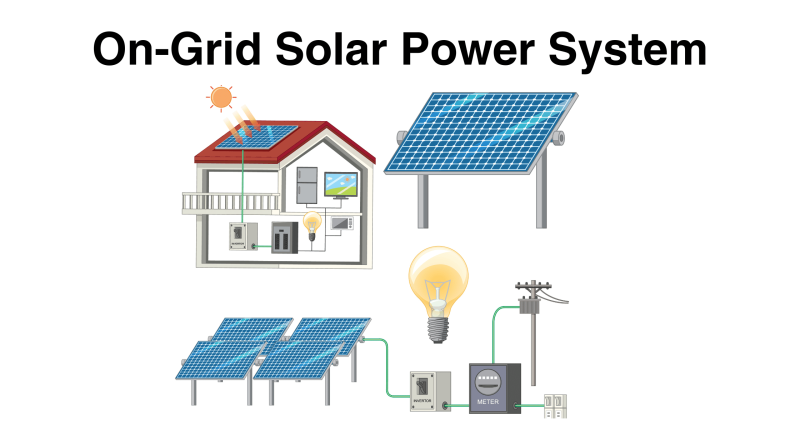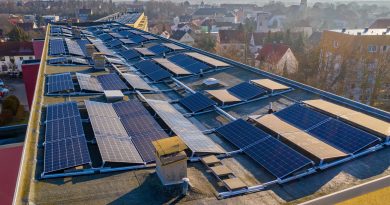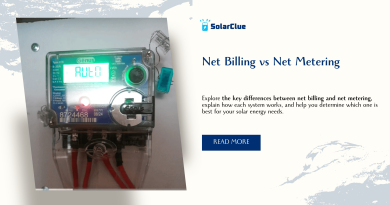Efficient On-Grid Solar Systems: Powering Sustainability
Are you concerned about getting expensive electricity bills? Does the cost of power make you hesitant to use it? Have you attempted to decrease your power usage without success? Well, I have great news for you! You can install an On-Grid Solar Power system and effectively reduce your electricity bills while generating income. In this blog post, I will explain what On-Grid Solar Power systems are, how they can benefit you, and how they can help you.
Introduction to On-Grid Solar Power Systems
To understand On-Grid Solar Power systems, it’s essential to have a grasp of what the Grid is. In simple terms, the grid refers to the electrical network responsible for power generation, transmission, and distribution. On-grid systems operate solely on the Grid, which means they only function when connected to the network. This is why they are known as grid-tied or grid-connected systems, as they rely on the electrical grid for operation.
The system consists of Solar Panels, Inverters, Net Metres, and Utility Grids, each with a specific function.
- Solar panels harness the power of sunlight and transform it into electricity through photovoltaic (PV) cells. These cells consist of materials that produce electrons when exposed to light.
- Inverters play a crucial role in converting direct current (DC) from the solar panels into the alternating current (AC) that our appliances use. This is necessary because appliances cannot run on DC power.
- The Utility Grid is an essential component of On-Grid Solar Power Systems. It is responsible for distributing electricity and ensuring that power is available at all times. Without it, the system cannot function.
- A Net meter is a device that records the amount of incoming and outgoing power in a bi-directional flow.
How does an On-Grid Solar Power System help you?
1. Investing in an On-Grid Solar Power System can significantly decrease your electricity bills. While the initial cost may seem daunting, it is important to consider long-term savings and avoid the risk of spending all your money on monthly electricity payments. Making the decision to switch to solar power now can lead to greater financial benefits in the future.
| Year | Average of Electricity bills per annum |
| 1st Year | 9000 |
| 2nd Year | 9000 |
| 3rd Year | 9000 |
| 4th Year | 9000 |
| 5th Year | 9000 |
| 6th Year | 9000 |
| 7thYear | 9000 |
| 8th Year | 9000 |
| 9th Year | 9000 |
| 10thYear | 9000 |
| 11thYear | 9000 |
| 12th Year | 9000 |
| 13th Year | 9000 |
| 14th Year | 9000 |
| 15th Year | 9000 |
| Total | 1,25,000 |
This table shows an estimate of your annual electricity expenses for 15 years if your bill is 1500 rupees. Please note that the unit price of power may increase due to government policies, and your consumption may also vary based on different factors; hence, the values given are an average estimate. It is up to you to decide if you want to invest in a solar power system using your funds.
2. Generating income is made possible with the On-Grid Solar Power system.
How can you earn from an On-Grid Solar Power System?
Take your Electricity bill and you need to check your consumption. Depending on your consumption you should take an on-grid solar power system.
Example: You consume 200 units per month. You should go for 3 Kw which generates 360 per month. The remaining 160 you can sell to the Electricity board. Moreover, there will be a sanctioned load will be given.
An On-Grid System is a solar power setup directly connected to the utility grid, allowing for both solar and grid electricity usage.
It generates solar power and feeds excess electricity back into the grid, reducing reliance on traditional power sources.
No, on-grid systems shut down during outages to prevent backfeeding electricity into the grid, ensuring safety for utility workers.
Benefits include lower electricity bills, potential incentives, and the ability to earn credits by feeding excess power into the grid.
Many governments offer incentives, rebates, or net metering programs to encourage the adoption of On-Grid Solar Systems.
Installation time varies but typically takes a few days to a couple of weeks, depending on the system size and complexity.
Yes, it’s possible to expand the system by adding more solar panels, but consult with professionals for optimal results.
While not mandatory, some systems include batteries for storing excess energy, providing power during grid outages.
By using clean, renewable energy, On-Grid Systems reduce reliance on fossil fuels, lowering carbon emissions and promoting eco-friendly practices.
Maintenance costs are minimal, usually involving occasional cleaning and regular checks by professionals to ensure optimal performance.



